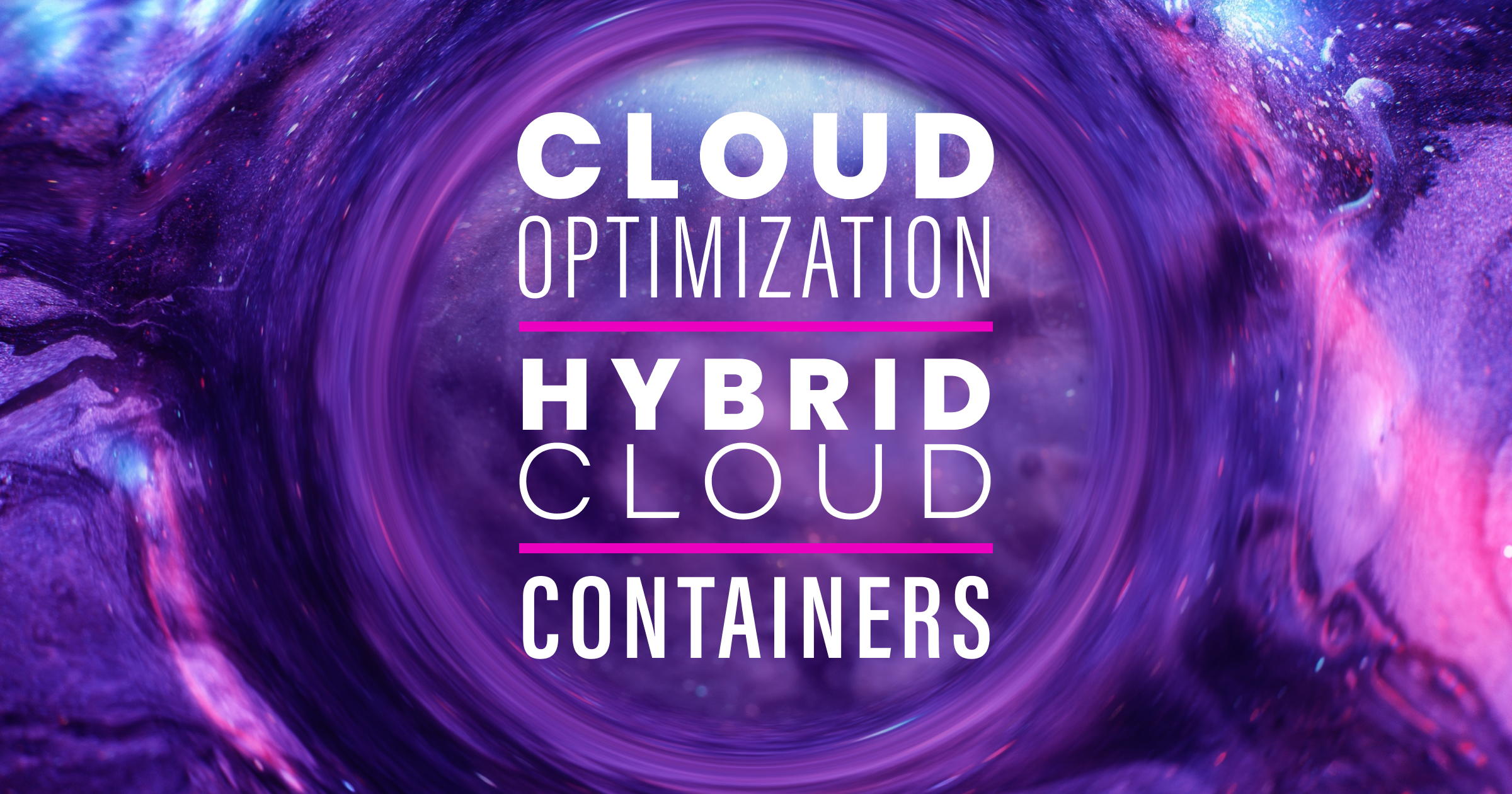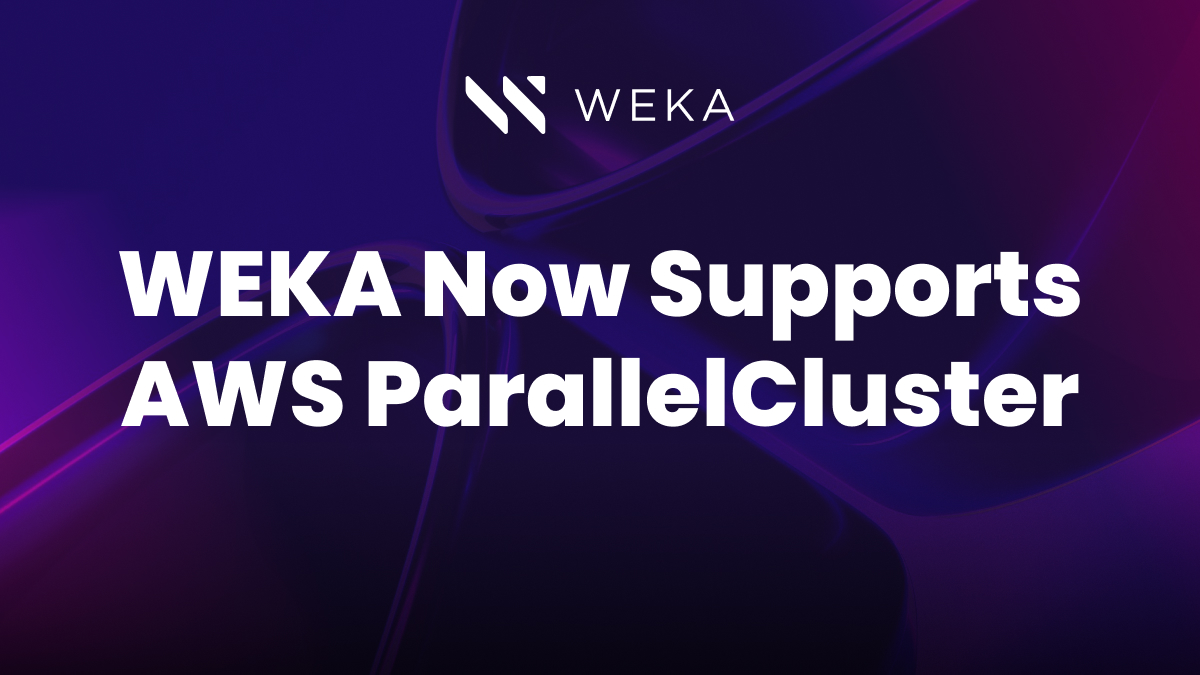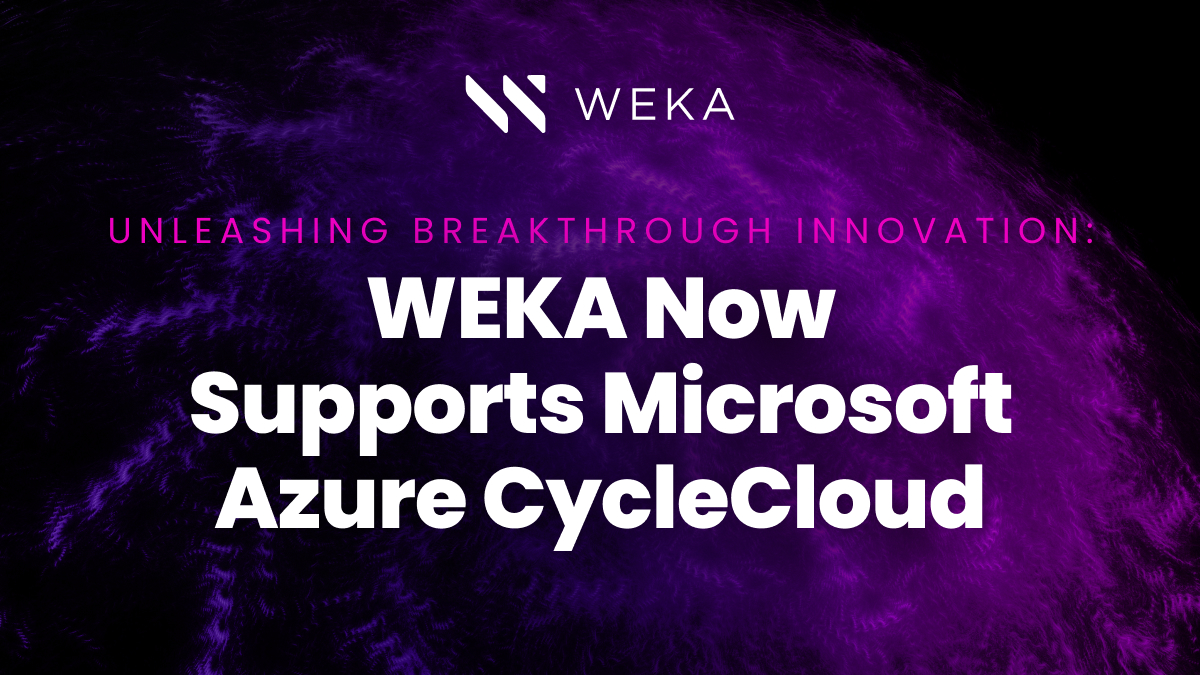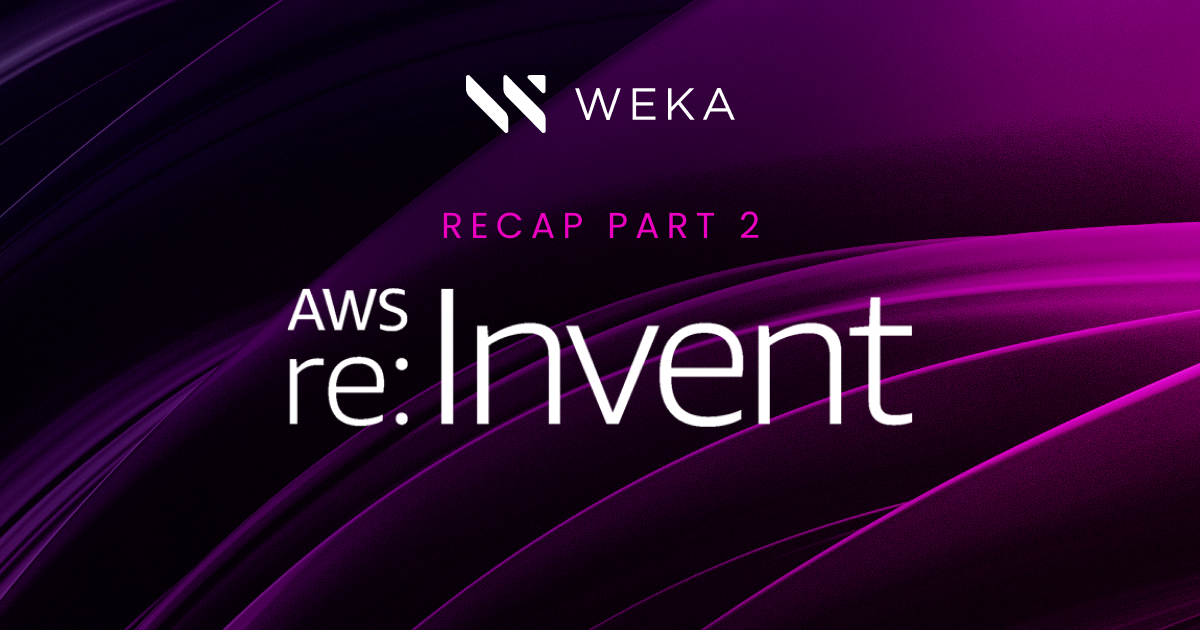Enterprise Trends: Cloud Optimization and Containers

PREDICTION:
In 2023, the cloud conversation will shift from “all-in” to “optimize,” and containers will become the default strategy for enterprise workloads.
In 2020 and 2021, countless companies went all-in on the cloud. The pandemic forced a fast pivot to virtual working environments and rapid adoption of new digital tools that accelerated cloud adoption for a record number of organizations worldwide. As Satya Nadella famously said in those days: “We’ve gone through two years of digital transformation in two months.”
The past few years have been full of strategic business and technology-driven conversations about how to move to the cloud faster. In 2022, we saw rapid changes in the enterprise and societal landscapes again. Now, with an increased focus on budgets, energy consumption, and the environmental impacts of our digital footprint shaping global cloud strategies, we believe 2023 will be the year customers start to triple down on optimizing their cloud resources.
Cloud optimization is not a new concept – numerous consultancies and practices are devoted to helping customers optimize their use of the cloud. However, changes in business priorities will drive increased focus on cloud optimization in several ways.
First, customers are taking a hard look at their cloud bills, trying to find ways to optimize spending. Typically, the items at the top of a customer’s cloud bill are compute, data transfer, databases, and object storage, often in that order. So, they’ll be taking a hard look at ways to reduce these costs. There are a few easy cost-saving measures most customers can implement, like incorporating Spot Instances, Reserved Instances, or Savings Plan purchasing models. From there, things get more challenging. Usually, customers find they must rearchitect their environment to eliminate cross-AZ data transfer, which for many is unnecessary, but cloud providers will still charge for it. Other potential areas that are ripe for savings are compute instance type selection and auto-scaling to ensure only enough compute and storage capacity is being used at any given time to meet the needs of the application. It’s sometimes surprising, but many customers haven’t yet adopted these best practices to be more efficient in the cloud.
Next, we believe customers will extend their efficiency considerations to include sustainability. Cloud providers typically provide customers with a view into the carbon footprint of their environments. In 2023, we expect to see cloud providers offer richer insights, recommendations, and best practices to customers so they can optimize them further. For example, they may recommend specific VM types based on the energy requirements per compute core or the carbon emitted per TB of storage. At the same time, Cloud providers are becoming more transparent about their environmental impact, including the associated energy and water consumption their data centers require. An increasing focus on transparency and sustainability will drive cloud providers to spend more time optimizing the use of that physical infrastructure at the macro level.
Another area that will support better efficiency is the rapidly increasing use of containers. We believe containers will become the default deployment type for enterprise workloads in 2023. According to independent research firm MarketsandMarkets, the application container market grew by 32.9% annually to $4.89B over the last 5 years; however, the added complexity associated with container management, networking, security, and data management has held back widespread adoption of containerized workloads in the enterprise.
Recent product introductions have filled these gaps, leading us to believe that 2023 will be the year the enterprise shifts to containers as a default strategy. The major cloud providers offer deep container management and orchestration services, and the depth of offerings from third-party ISVs (like Docker and Rancher) now provides robust management capabilities that enterprises require for hybrid and on-prem deployments. New networking services like Amazon VPC Lattice, Istio, or LinkerD will transform the complex and cumbersome service mesh approach traditionally used in container networking and enable network connectivity and security without the added development overhead. Innovative data management offerings will allow enterprises to adopt containers at scale. A diversity of container images offered for off-the-shelf use will encourage customers to adopt them as a default approach for enterprise workloads.
Finally, let’s zoom out one more time to the customer environment. We believe 2023 will be the year customers start getting strategic about the optimal location to run a given workload. Although most customers employ a hybrid cloud model, two-thirds also run workloads across multiple clouds. This is rarely the result of a specific strategic decision; rather, it’s the unexpected result of disconnected distributed teams moving quickly and making the right decision for a given workload. As part of the drive to optimize their use of the cloud, we believe 2023 will be the year many customers take a step back, look across their digital estate, and aim to be more planful and strategic about the best deployment model for their entire business.





